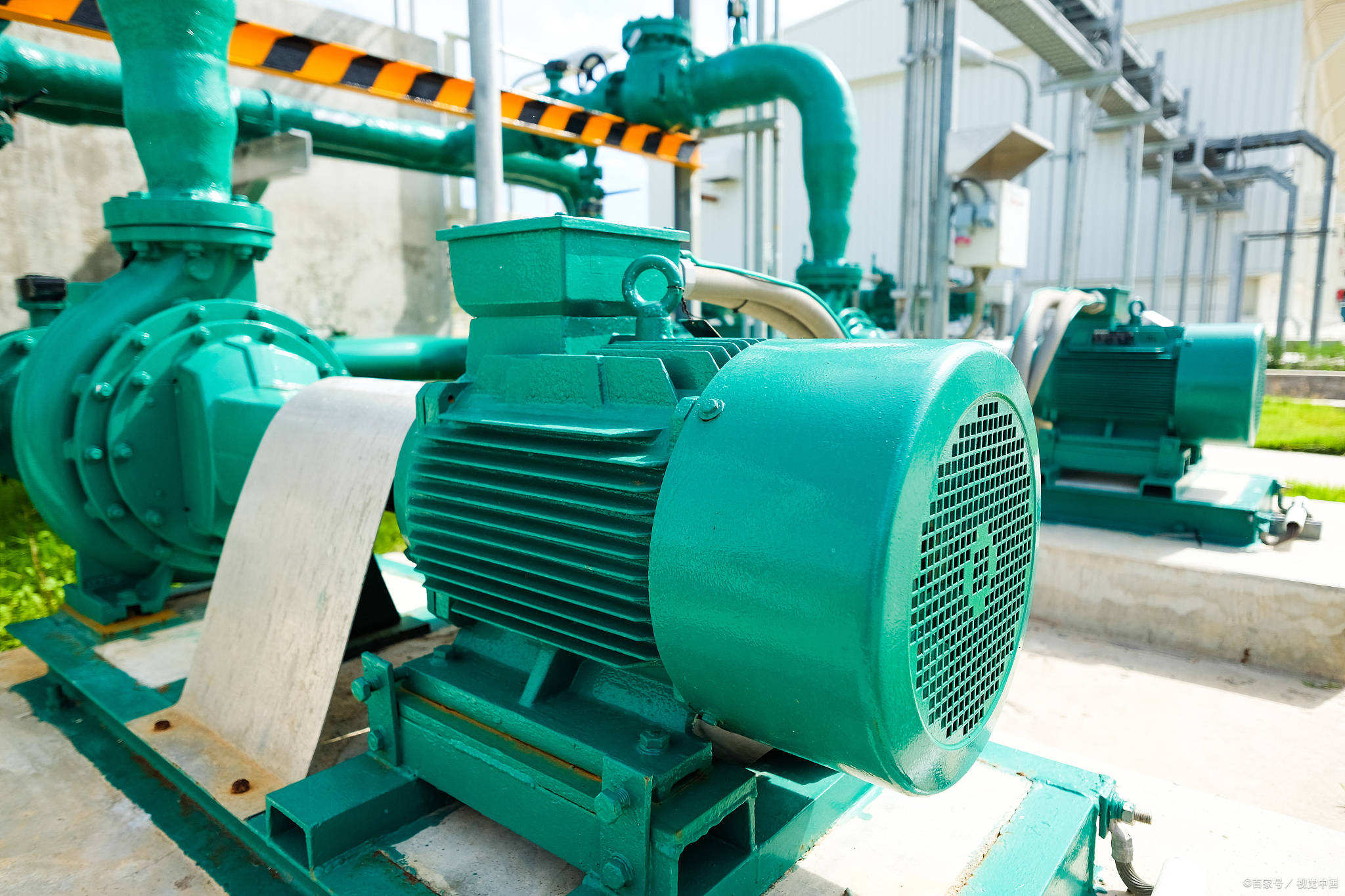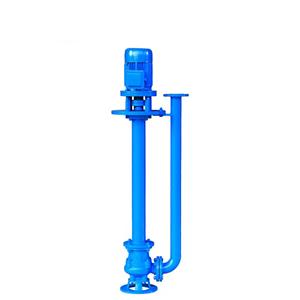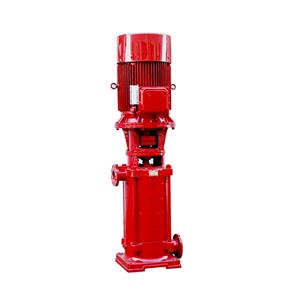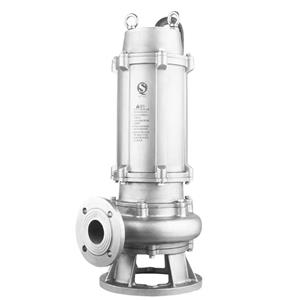The Heartbeat of Central Air Conditioning Systems
Centrifugal Pumps: The Heartbeat of Central Air Conditioning Systems
Central air conditioning systems rely on specialized pumps to circulate water for heat transfer, ensuring precise temperature control in commercial and industrial buildings. Understanding pump selection is critical for system efficiency, longevity, and cost savings.

1. Core Pump Types & Structural Designs
Central AC systems primarily use centrifugal pumps due to their high flow rates, reliability, and adaptability to variable loads. Three installation configurations dominate the market:
Horizontal Pumps: The most common type, offering simple structure, low vibration, easy maintenance, and cost-effectiveness. Ideal for machine rooms with ample space. Limitation: Requires significant floor area.
Vertical Pumps: Used in space-constrained installations (e.g., high-rises). The motor sits atop the pump body, reducing footprint but increasing operational instability due to height-to-width ratio. Note: 30% costlier than horizontal pumps.
Pipeline Pumps: A vertical pump variant directly integrated into pipelines. Eliminates machine room space needs but limited to motors ≤30kW.

Structural Innovations:
Single-Suction Pumps: Water enters axially and discharges radially. Lower hydraulic efficiency but cost-effective for standard AC projects.
Double-Suction Pumps: Water enters both sides of the impeller, balancing axial forces and enabling 15–25% higher efficiency. Essential for large-flow systems (>950 m³/h).
2. Functional Roles in AC Water Systems
Pumps serve distinct functions across subsystems:
A. Chilled Water Pumps
Role: Circulate chilled water (typically 4–7°C) from chillers to cooling coils in air handlers/fan coil units.
Design: Stainless steel or bronze internals to resist corrosion from treated water.
B. Cooling Water Pumps
Role: Transport condenser water (27–37°C) to cooling towers for heat rejection.
Pressure Handling: Must withstand ≥1.6 MPa in high-rise buildings.
C. Make-Up Water Pumps
Role: Replenish water lost to evaporation/leakage using softened water.
Backup Strategy: Deployed in "1 operational + 1 standby" configurations for reliability.
3. Key Selection Criteria & Technical Parameters
Selecting pumps requires balancing performance metrics with operational demands:
| Parameter | Chilled Water Pump | Cooling Water Pump | Make-Up Pump |
|---|---|---|---|
| Flow Rate (m³/h) | 5–950 | 10–1,200 | 1–50 |
| Head (m) | 5–45 | 18–26 | 15–25 |
| Motor Power (kW) | 0.75–45 | 5.5–150 | 0.37–7.5 |
| Material | SS 304/316 | Cast Iron/Bronze | SS 304 |
Critical Calculations:
Flow Rate:Where Q = cooling load (kW), c = water specific heat (4.19 kJ/kg°C), ρ = density (1,000 kg/m³).
Head Pressure:Includes friction losses (Hf), local resistance (Hd), and static head (Hs).
Parallel Operation: Limit to ≤3 pumps to avoid >10% flow reduction.
4. Energy Optimization Strategies
Pumps consume 20–30% of HVAC energy. Modern solutions include:
Variable Frequency Drives (VFDs): Adjust pump speed to match real-time load, cutting energy use by 30–50%.
Hydraulic Balancing: Use balanced valves and in-line flow meters to eliminate over-pumping.
Efficient Impellers: Laser-scribed double-suction designs reduce turbulence losses by 12–18%.
IoT Monitoring: Sensors track flow, pressure, and power consumption, predicting maintenance needs.
💡 Pro Tip: For systems with fluctuating loads (e.g., offices, malls), pair VFDs with secondary pumping loops to decouple chiller and load-side flows.
5. Industry Trends & Sustainability
Material Innovation: Carbon-composite impellers resist cavitation in high-salinity coastal areas.
Smart Systems: AI algorithms optimize pump curves using weather forecasts and occupancy data.
Global Standards: ASHRAE 90.1-2025 mandates minimum pump efficiencies (η ≥ 85% for >10kW units).
Water-Energy Nexus: Closed-loop systems with automatic water treatment cut consumption by 40%.
Conclusion: Future-Proofing Your HVAC Systems
Central AC pumps are evolving from fixed-speed workhorses to intelligent, grid-responsive assets. For international projects:
Prioritize modularity: Use pipeline pumps for retrofits in congested urban buildings.
Demand certified efficiency: Look for Eurovent or Hydraulic Institute performance seals.
Integrate controls: Opt for pumps with BACnet/MODBUS compatibility for BMS integration.
🌐 Global Insight: Southeast Asian markets favor vertical pumps for high-rises, while EU projects adopt VFD-equipped double-suction pumps for energy compliance.
By aligning pump technology with regional needs and sustainability goals, HVAC systems achieve peak performance while minimizing lifetime costs. For region-specific technical specifications or case studies, consult our engineering team.




